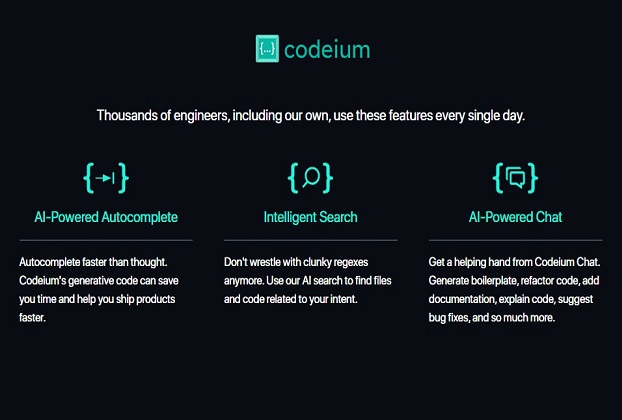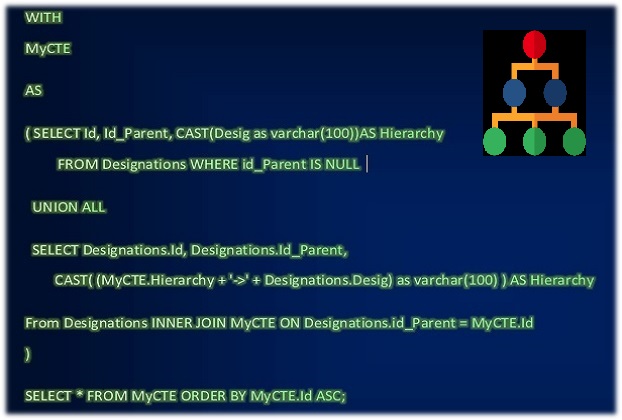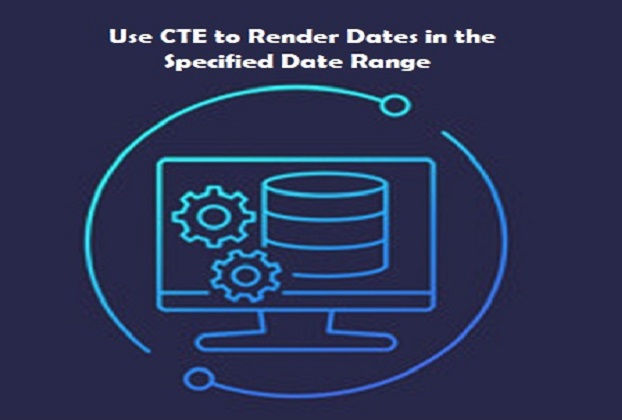Android Tip: Launch App Drawer or Launcher Menu
Android smartphones provide a myriad of intuitive features in order to make the life of the users a lot easier. The Launcher Menu is yet another cornerstone feature of user interaction. This menu, often accessed by a long press on an empty space on the home screen. It serves as a gateway to a […]
Continue Reading









